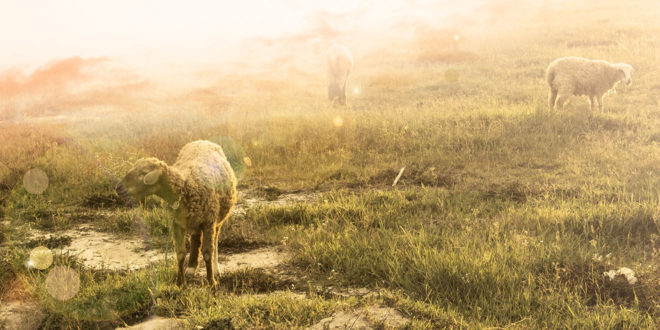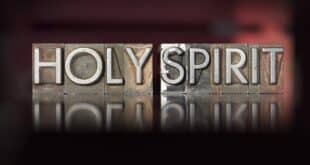“In the course of time Cain brought some of the fruits of the soil as an offering to the LORD. But Abel brought fat portions from some of the firstborn of his flock. The LORD looked with favor on Abel and his offering, but on Cain and his offering he did not look with favor” (Genesis 4:3-5 NIV).
Animal Sacrifices and Offerings
Scholars tell us that the Hebrew of the first phrase, “In the course of time,” suggests that this offering of sacrifices was a recurring event. It is actually implied in Genesis 3:21 where it says, “The LORD God made garments of skin for Adam and his wife and clothed them.” The clothing of skins with which God covered Adam and Eve had to have come from animals that were killed.
Why did the Lord look with favor on Abel’s sacrifice and did not look with favor on Cain’s offering? It was because the sacrifice of “the firstborn of his flock” carried a symbolism certainly known and understood by both Cain and Abel. It was an acted out prophecy of a coming Savior who would give His life to save the human race.
Offerings of clean animals were offered by Noah after the flood when the ark came to rest on the top of Mt. Ararat (Genesis 8:20).
Later Abraham built altars and offered sacrifices in the land of Canaan (Genesis 12:7,8; Genesis 13:4,18).
The Plan of Salvation
When Israel escaped from their slavery in Egypt, they came to Mt. Sinai. There God gave them instructions to build a tent tabernacle they would carry as a portable meeting place while they were on their way to the Promised Land of Canaan. This tent tabernacle and its services were designed to give Israel an object lesson of the plan of salvation God had put in place “before the creation of the world” (1 Peter 1:20.)
This plan of salvation involved God sending His Son to be born into the human race, live a perfect life, then die on the cross to pay the penalty for our sins. His sacrifice was foretold by the slaying of lambs and other animals in the tabernacle services.
The Passover Lamb and Lamb of God
Each morning and each evening a lamb was killed on the altar of burnt offerings. In the springtime at the Passover celebration, the Passover lamb was killed.
John the Baptist recognized this symbolism. When He saw Jesus passing by he said, “Look, the Lamb of God, who takes away the sin of the world!” (John 1:29 NIV).
Paul understood the meaning of the sacrifices for he said, “For Christ, our Passover lamb, has been sacrificed” (1 Corinthians 5:7 NIV).
When Jesus died on the cross, the symbolism met its fulfillment. The sacrifices were no longer necessary for Jesus the true Lamb had been sacrificed. Though the Jews continued to offer sacrifices in the Temple in Jerusalem for 39 years after the cross, they no longer had any meaning as prophecies of a coming Savior. When the Temple was destroyed in AD 70 by the Romans, all sacrifices by the Jews ceased.
© 2002 - 2025, AnswersForMe.org. All rights reserved. Click here for content usage information. Answers for Me Support & encouragement for every-day life
Answers for Me Support & encouragement for every-day life



